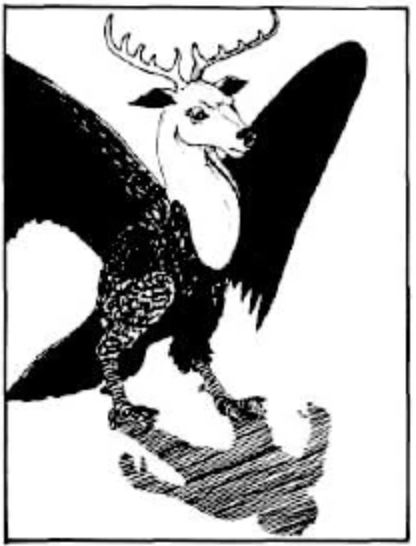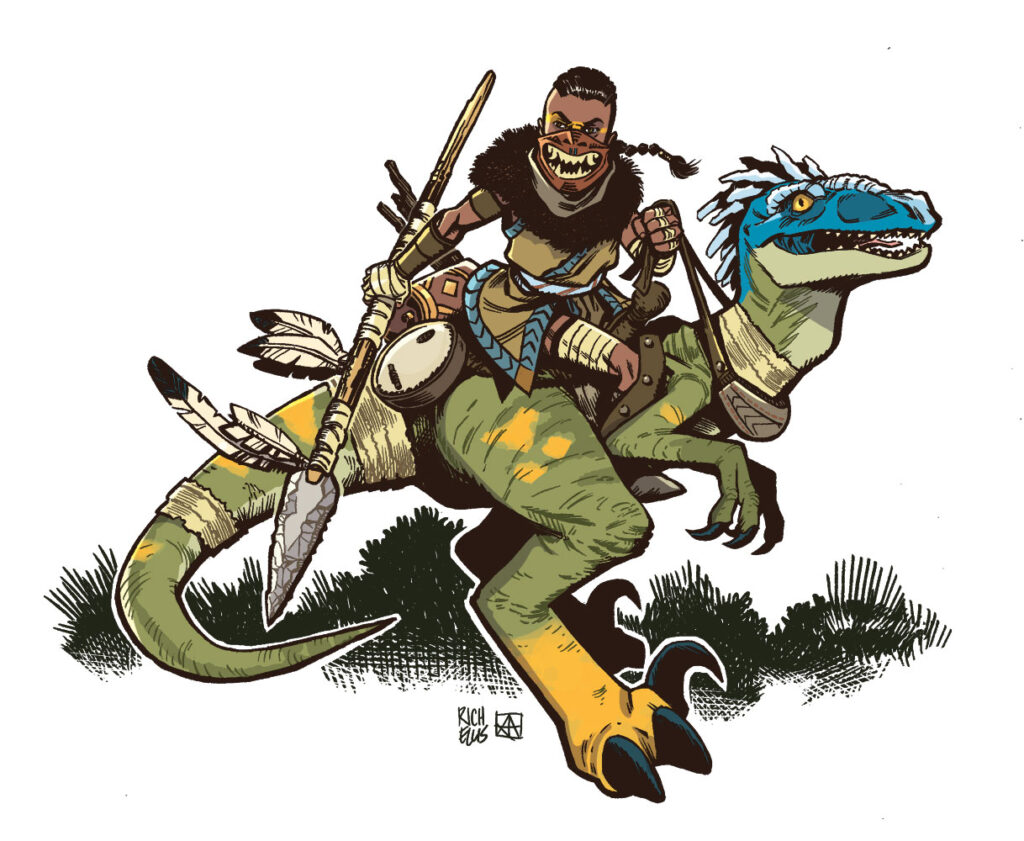
It’s been a busy month. As we’ve recently announced on Twitter, we’re shuttering KB Presents and I’m going to be focusing on my work with my company Twogether Studios. However, this is not the end of my devotion to Eberron. I’ll be finishing Frontiers of Eberron: Quickstone; this will be released by Visionary Productions and Design, which will also continue to support Exploring Eberron, Chronicles of Eberron, Eberron Confidential, and Dread Metrol. Beyond that, while I don’t have plans to create another Eberron BOOK after Frontiers, I will be continuing to support the setting on my Patreon—and the amount of support I have on the Patreon directly affects the number of articles I’ll be posting on the blog here. If you’re not familiar with the Patreon, in addition to the ability to ask me questions and shape articles, the Threshold level gives you a chance to play in my monthly ongoing campaign and to participate in polls and story hours that shape it; the deadline for applying for the next session is tomorrow! So if that sounds interesting… or if you’d like to see more content here… check it out! In the meantime, let’s address a few patron questions…
With the halflings of Eastern Karrnath being a sort of midground between Karrnath and the Talenta Plains, was there any historical fusion between the Mror dwarves of the Ironroot Mountains and the Talenta?
As a culture, the Talenta nomads are more concerned with self-sufficiency than with producing a sufficient surplus to drive significant, international trade. As I’ve noted before, different tribes specialize in different types of dinosaurs, which is one point of trade between tribes, and some specialize in particular crafts—but again, this is only carried out on a scale designed to support small-scale trade between passing tribes, not strangers in the dead lands.
However, there is one exception: the Castalaloa, “Those who prefer to walk between.” This clan of stout halflings (along with occasional dwarves, gnomes, and even orcs) settled on the sheer cliffs of the southwestern Ironroot Mountains. Climbers of legendary skill, they dwelt in caves high on the cliff face. They were renowned breeders of glidewings and interacted with the dwarves of the high cliffs, the Talenta tribes who would pause in passing along the plains below, and the Jhorash’tar orcs. While their culture was grounded in Talenta traditions, over time they incorporated elements from both the Mror and the Jhorash’tar.
Thanks to the small size of the clan and the nearly unreachable nature of their dwellings, the Castalaloa largely ignored the coming of Galifar. If you LIKE the idea of the Castalaloa, they could continue to thrive to this day, trading with Soldorak above and potentially even making use of Soldorak-bred symbionts. On the other hand, if you’d rather have them as a lingering mystery… Aside from Soldorak, the main clan in the southwest was Noldrun. The Castalaloa could have primarily dealt with Clan Noldrun… and been swept away with whatever doom took Noldrunhold. In this case, who knows what lingers in the Castalaloa caves, high up on the mountain face?
How would you handle the Gladiator background in the Five Nations?
In thinking of gladiators in the Five Nations, think about boxing, wrestling, and MMA in our world. Legal gladiatorial combat might incorporate weapons or cantrips, but it’s performed by professional, voluntary athletes and never intentionally fought to the death; it’s something celebrated as a display of material excellence. Skyblades and the Race of Eight Winds are two examples of this from Sharn, tied specifically to the unique environment of Sharn, but every nation and city has variations; in Aundair there are definitely public matches involving the dueling societies mentioned in this article. Again, the key is that this is professional, voluntary, and as safe as is reasonably possible given the nature of the conflict.
Another thing to keep in mind is the holiday of Brightblade. The following quote is from Sharn: City of Towers, but the festival is celebrated wherever Vassals are found…
Brightblade (12 Nymm): Brightblade, the holy day of Dol Dorn, the Sovereign Lord of Strength and Steel, sees festivals occur in all of the temple districts of the city. Prizefights, wrestling matches, archery contests, and jousts occur throughout the day, culminating in a contest of champions at the Cornerstone arena in Middle Tavick’s Landing. The champions receive generous prizes, and a fortune can be made gambling on the contests.
Occasionally, even more fantastic conflicts have been staged on Brightblade—full-scale battles held on the training grounds of Daggerwatch, free-for-all melees with hundreds of contestants, and similar spectacles.
If you’re looking for something more lethal, you have street level matches as showcased by the Burning Ring in Sharn. The point is that these potentially deadly battles are ILLEGAL. As called out in Sharn: City of Towers, the City Watch is always trying to shut it down and the Ring is constantly moving. As a champion of the Burning Ring, you’d want to take the Criminal background rather than the Gladiator background; you’d have a reputation and contacts within a specific community, but you wouldn’t be a widely celebrated celebrity.
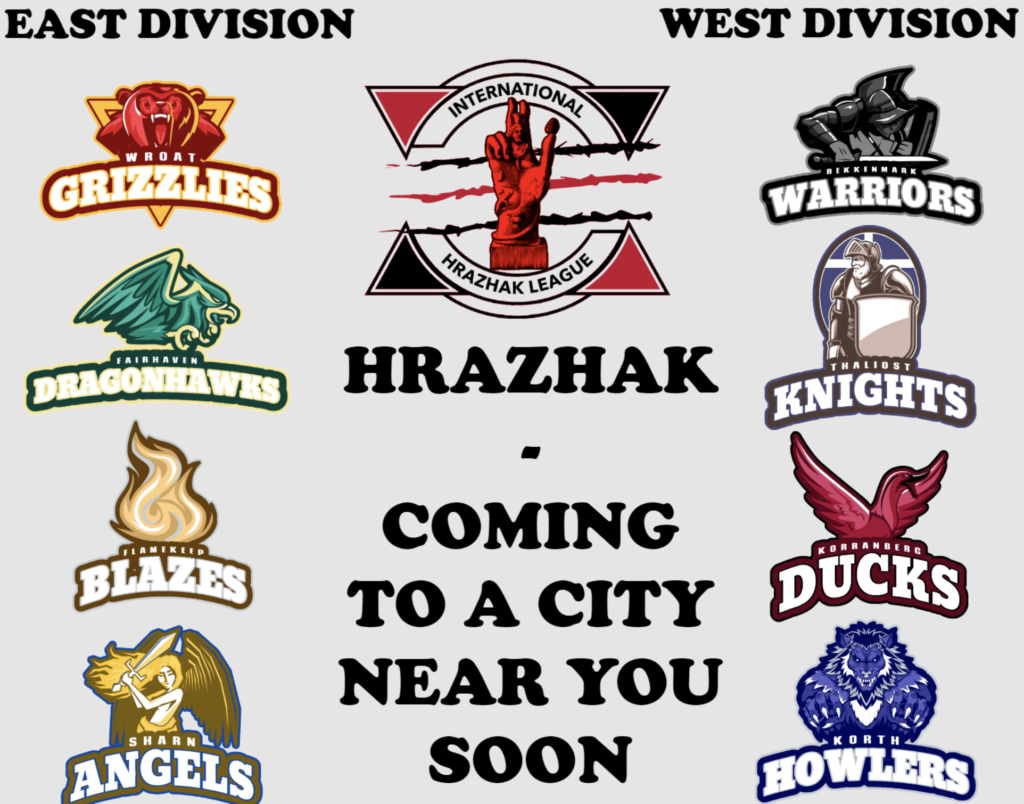
What’s the state of organized sports in Eberron? Do you envision an Olympic Games or multinational sporting league coming to Khorvaire’s future?
As established by the Race of Eight Winds and the previous answer, there was always a love of sport and competition in Galifar. There have always been martial and athletic competitions, and likewise competitions to test mystical skill, as called out in the article on Wizard’s Circles. With that being said, the Last War would have put a damper on friendly international competition… but now that the war is over and no one won, there’s undoubtedly a hunger for competition that could be answered with sport. But part of what would make this interesting is that it’s all coming together RIGHT NOW… which means that adventurers could get in on the ground floor or face unexpected challenges because the systems supporting the sport haven’t been fully worked out yet.
A parallel to the Olympics—a major event that showcases the finest athletes of each nation, but that’s only performed once every few years—is a no brainer. I would call this the Thronehold Games, to be celebrated for the first time at Thronehold on 11 Aryth 998 YK. To recognize the signing of the Treaty of Thronehold, athletes from all of the Thronehold nations would come together in friendly competition… and yes, this would exclude Droaam!
But I do also like the idea of something more like our organized sports, with teams competing every week in cities across the Five Nations. And further, I like the idea that this is something entirely new, NOT one of the traditional forms of sport and athletic display that make up the Thronehold Games. So with that in mind… how about Hrazhak? Once again, from Sharn: City of Towers…
Hrazhak: Two teams of seven shifters play hrazhak, a rough, full-contact sport. Each team carries a wooden idol. To score, a team must steal its opponent’s idol and place both idols in its goal. Obstacles such as trees, streams, and piles of rubble play a major role on a hrazhak field, requiring the competitors to make full use of their inhuman jumping and climbing abilities. Idols can be thrown or carried, and there are no limits on contact between participants, although only natural weapons are allowed. There is no required structure to a hrazhak team, but most include two runners, climbers, and renders. Renders and biters can inflict serious injuries on their opponents, and a low-level druid or adept is usually on hand to provide healing; however, any competitor who receives healing is removed from play for the remainder of the match. Competitors are not allowed to use magic or psionic abilities.
The only formal hrazhak arena in Sharn is located in Cornerstone, where it is a spectator sport and a source of gambling. However, shifters have created ramshackle hrazhak fields in the slums and warehouse districts of the city, and shifter youths often play impromptu games in the parks.
Now, am I suggesting that the Five Nations celebrate shifters and shifter culture? Of course not! I’m suggesting that the Five Nations takes Hrazhak and “improves” it for a general audience. Rather than relying on the natural abilities of a shifter, players would be magewrights trained in the use of specific cantrips and spells… or they could be athletes using equipment that produces these effects. Primal savagery, Longstrider, Spider Climb, Jump—while we’re at it, how about a player who specializes in using Thorn Whip to interfere with opposing players? With the sport being a new thing, I could see constantly shifting rules as the League managers decide what is and isn’t allowed. And who would be running this league? While there could be a case for one or more of the Dragonmarked Houses, I’d go in a completely different direction. Who would be interested in creating a new form of mass entertainment that could potentially challenge the dominance of the Houses of Shadow? Especially a form of entertainment driven by wealthy team owners spread across Khorvaire? And who would have no shame about stealing and profiting on a proud shifter tradition? It sounds like a perfect opportunity for the Aurum—also giving a great chance to play up feuds between the Aurum concordians who own teams. Of course, there could always be a more subtle hand at play; perhaps Mordakhesh the Shadowsword sees this as an opportunity to enflame nationalism and competitive spirit…
I didn’t create the image of the Hrazhak League shown here; it’s from this post by Redditer VintageArborGold. But I love the direction and I would be happy to see the Fairhaven Dragonhawks take on the Korranberg Ducks!
What do followers of the Path of Light believe happens when they die? I don’t recall this ever being discussed.
I don’t know if it’s been mentioned in canon (I didn’t work on Faiths of Eberron, but maybe it is?) but in MY campaign the belief of the Path of Light is that there is a universal lifeforce that encompasses all things and all the planes. It’s not a god; it’s the energy that defines existence. Souls are drawn from this force and live lives, gathering experiences. After death, the soul travels to Dolurrh and is released from its burdens, rejoining the universal lifeforce. Eventually the energy will be drawn back into new souls. But think of the lifeforce is like an ocean, and a soul is like a cup of water. You can pour it back into the ocean and draw out a new cup—but you’re never going to get exactly the same cup twice. You may meet someone and feel a connection to them, and perhaps that’s because elements of your souls knew one another in a previous existence… or perhaps it’s because you actually share elements of what was once a single soul. Another way to think about this is that life is the universe dreaming. Each dream exists as a unique and beautiful expression, and when you wake it is gone, never to return. But when you sleep, there will always be a new dream… perhaps it will draw on elements of what has gone before, perhaps not.
On the one hand, a faith like the Blood of Vol could look at this as a terrible thing, as the principle is that once you pass through Dolurrh, your unique identity will be dispersed. But to the Path of Light, that’s not a thing to fear. You are beautiful. You are part of the eternal expression of the universe, and you always will be. Enjoy the dream while it lasts, then follow where it takes you next. Don’t TRY to hold on to eternity. Don’t be afraid of change. In this, you actually see the fundamental difference between the kalashtar quori and the Dreaming Dark. The children of Il-Lashtavar are desperate to stop the turning of the age, to exist forever even if it means absolute stagnation. The followers of il-Yannah are determined to ring in the new age, even though doing so will likely destroy their current incarnations. Because they believe that what comes next will be beautiful. Don’t try to cling to a single dream; there’s another one waiting to be born.
That’s all for now! Thanks again to my Patreon supporters for asking interesting questions!



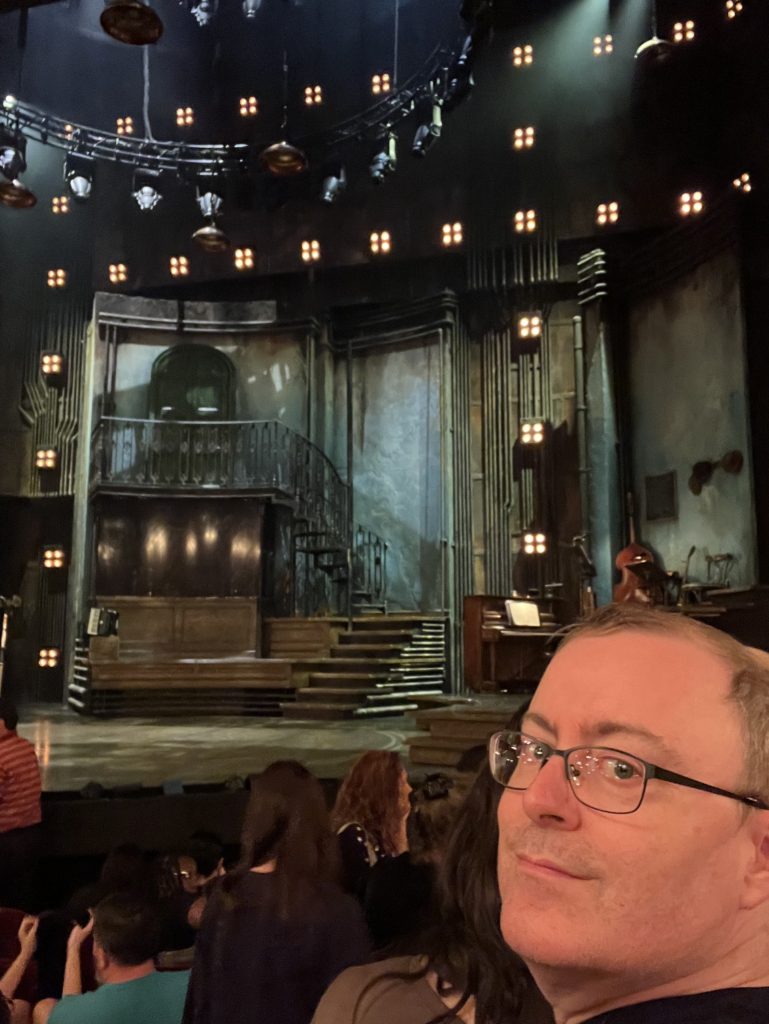
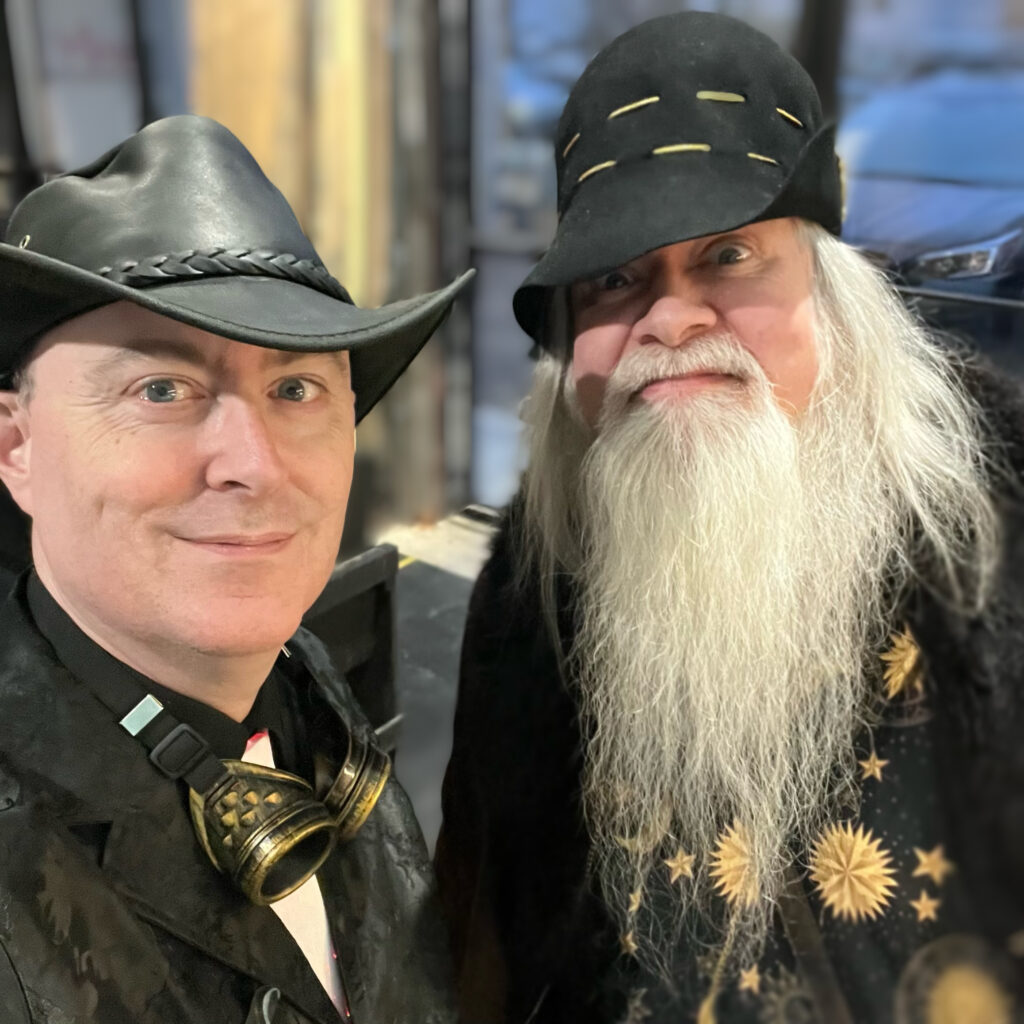
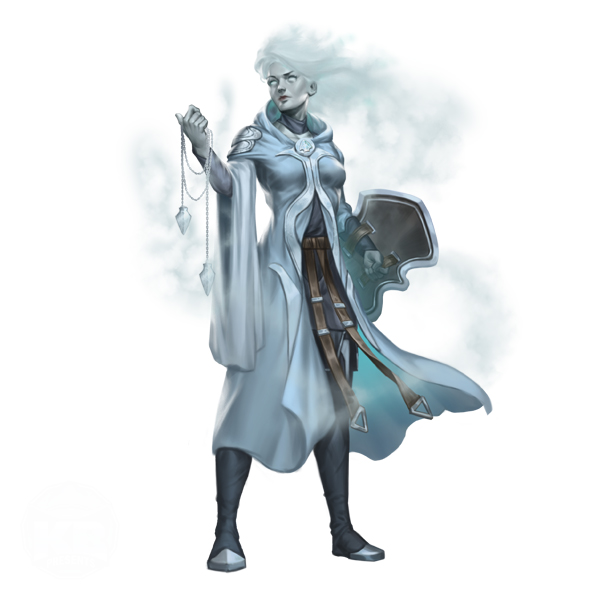
 Unlock with Patreon
Unlock with Patreon
